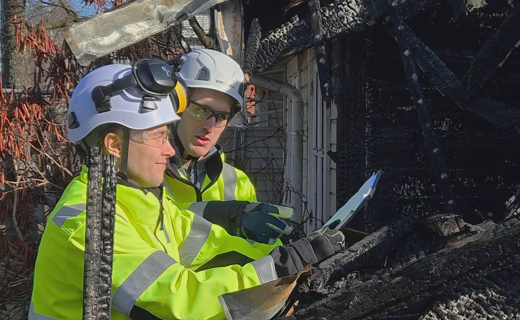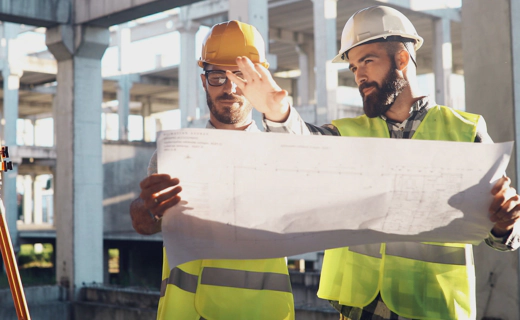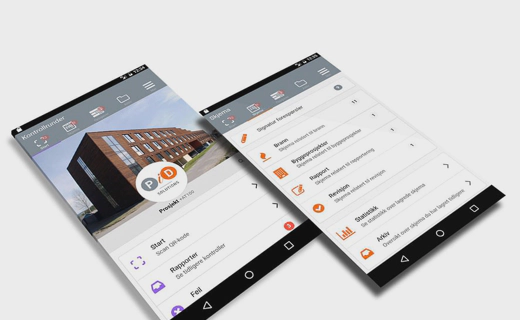Fire safety inspection
2025-01-06 Academic PiD Drift Risk assessment
Image from Freepik
What is a fire safety inspection?
A fire safety inspection is a check that the fire department or other authorities carry out to check that businesses meet statutory requirements and conditions for approved use of buildings.
The right to carry out inspections in special fire objects is stated in the Fire and Explosion Protection Act, § 13, with instructions for the inspection authority in § 18 of the Fire Prevention Regulations.
Why is fire safety inspection important?
The goal of fire safety inspection is to motivate businesses to plan and implement systematic fire safety activities.
Fire safety inspection is therefore important to prevent fires and limit the consequences if they occur. When the fire department checks that safety requirements are followed, the risk of both loss of life and major damage to property is reduced.
What can you expect from an inspection?
Fire inspections are usually notified well in advance, so that necessary preparations can be made. The notification usually includes a list of areas, activities or documents that will be given special emphasis during the inspection.
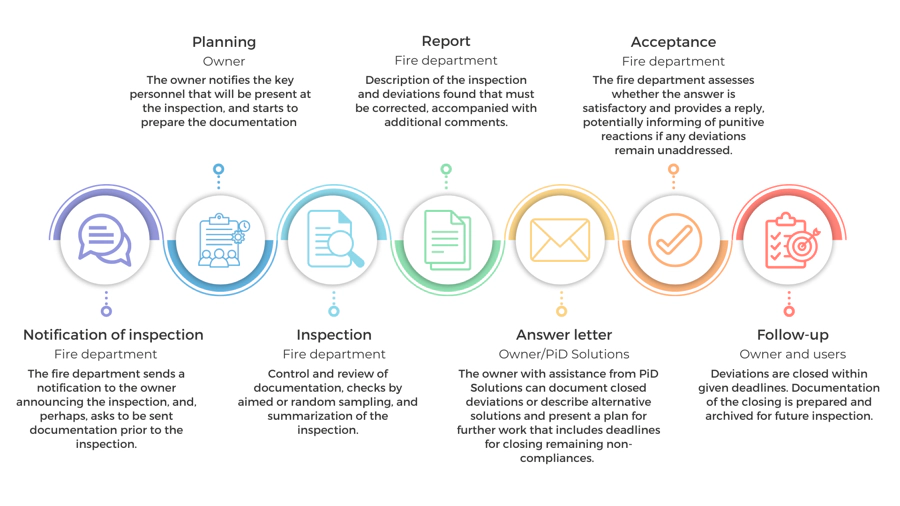
What is expected of you as an owner or user?
Fire inspection is not an exam, but your opportunity as an owner or user of a building to present your systematic fire safety work. This is best done by checking your own documentation, and ensuring that it is easily accessible during the inspection.
Frequently Asked Questions
According to the Fire and Explosion Protection Act § 11b, the fire department is obligated to conduct fire-preventive inspections as one of its tasks.
The selection of which buildings the fire department will inspect is regulated in § 13 of the Fire and Explosion Protection Act.
There are several options:
- Buildings where a fire could lead to loss of many lives or significant damage to health, the environment, or property
- Select buildings covered by a local regulation
- Through individual decisions made by the fire department
The fire department will check that the buildings are adequately protected against fire.
The inspection should cover all factors relevant to fire safety, including:
- Building structural conditions
- Technical conditions
- Equipment-related conditions
- Organizational fire safety measures
- Factors important for fire-fighting and other rescue operations
The owner must be prepared to document the following, according to chapters 2 and 3 of the Fire Prevention Regulations:
- Knowledge and information about fire safety in the building – including all fire-technical requirements, fire concept, fire drawings, and fire instructions
- Control and maintenance of building components and safety devices – internal control routines and external control and maintenance agreements
- Upgrading buildings – all buildings built before 1985 must be upgraded to meet the safety level described in the Building Regulations of 01.01.1985
- Systematic safety work by the owner and users – document systematic work to detect, correct, and learn from identified issues. Fire drills and training must also be documented to show that employees have the necessary knowledge and skills.
If the fire department does not receive sufficient information and documentation to assess whether the building is adequately protected against fire, the following actions will be taken:
- The fire department records deviations in the inspection report, which is sent to the owner and/or user.
- The owner and/or user usually has about one month to respond with how and when the deviations will be corrected.
- Sometimes the fire department wants to be informed when the deviations are corrected to inspect them themselves. Other times, written notification from the owner/user is sufficient.
- If the deviations are not corrected as agreed, the fire department will normally issue a reminder and set a new deadline.
- If still not resolved, the fire department may begin enforcing sanctions available under the law, such as fines, compulsory execution, orders, or prohibition of use.
The responsibility for documenting what the fire department requires during an inspection mostly lies with the owner, but tenants also have obligations. In buildings with multiple tenants, the owner must coordinate so that all users of the building work together to ensure fire safety.
In practice, most responsibility lies with the owner. The owner's obligations are regulated in §§ 4-10 of the Fire Prevention Regulations, while tenants' obligations are regulated in §§ 11-13.
Inspections must be notified in writing to the owner and/or user, depending on which obligations the fire department intends to inspect.
The notification often includes a list of information and documents the fire department wants to receive before the inspection.
The inspection must be notified well in advance so that the owner and/or user has sufficient time to prepare the requested documentation.
The fire department's inspection is about ensuring fire safety on the property and is intended as a collaboration to help the owner improve – not as a way to "catch" someone.
A successful inspection depends on good communication before, during, and after the visit. To make a positive impression, it is important to keep things organized, both physically and in the documentation.
Systems used to maintain fire safety, whether digital or analog, must be in regular use and documented. Updating documentation only right before the inspection may signal that the system is not actively used. Even if the owner delegates tasks, they remain responsible for ensuring everything is followed up. During the inspection, the fire department will always act professionally.
It is also important to:
- Review fire-technical documents that the fire department is interested in
- Check equipment or other focus areas mentioned in the notification
- Inspect escape routes
- Update the internal control system and familiarize yourself with available data
- Prepare by carefully reviewing the content of the inspection notice
Best practice
Preparation for the inspection is important to to present a good overview of your systematic fire safety work.
- In PiD Drift you will find a form that can be used in your preparation. The form can be presented at the inspection and will provide a good overall overview of your activities.
- Make sure to save all reports from internal controls. All self-inspections that have been carried out with the control tools in PiD Drift are already well documented and can be presented during the inspection.
- Notify all other users in the building about the planned inspection, and what they should implement in their own activities to be prepared. Notification of tenants can be done in PiD Drift, and this is also documented.
- Incidents, errors and deficiencies that have been uncovered must be processed. This is an important part of the systematic safety work, and must be documented. PiD Drift has tools that ensure this in a clear way.
What can we help you with?
Our skilled fire consultants can help you:
- assist before, during and after the fire inspection
- prepare a fire safety concept that describes the building’s fire safety requirements, a list of measures and fire drawings
- establish systems for systematic safety work in the field of fire safety, etc.
- conduct fire drills and training
- prepare procedures and instructions in relation to fire
We can also help you by:
- assisting as a fire safety designer for measures that require applications
- preparing risk assessments and assess risk as needed
- being an expert in legal settlements
